“They say the next big thing is here, that the revolution's near, but to me it seems quite clear, that it's all just a little bit of history repeating”…
Visiting Gavin Gardiner, while he was preparing for a Gleneagles, auction a few years ago, he passed me, for comment, a 12-bore hammer gun by Edward Paton, a good gun maker, from Perth, with whom I was familiar. Firstly I noticed the apparently swamped rib, with the odd-looking, visible breech face. However, I have seen Purdey’s like this before, then the absence of a bottom rib was also noted. Then the penny dropped; the barrels were actually made from a single piece of steel, including the central ‘rib’ and were engraved ‘Joseph Whitworth & Co’.
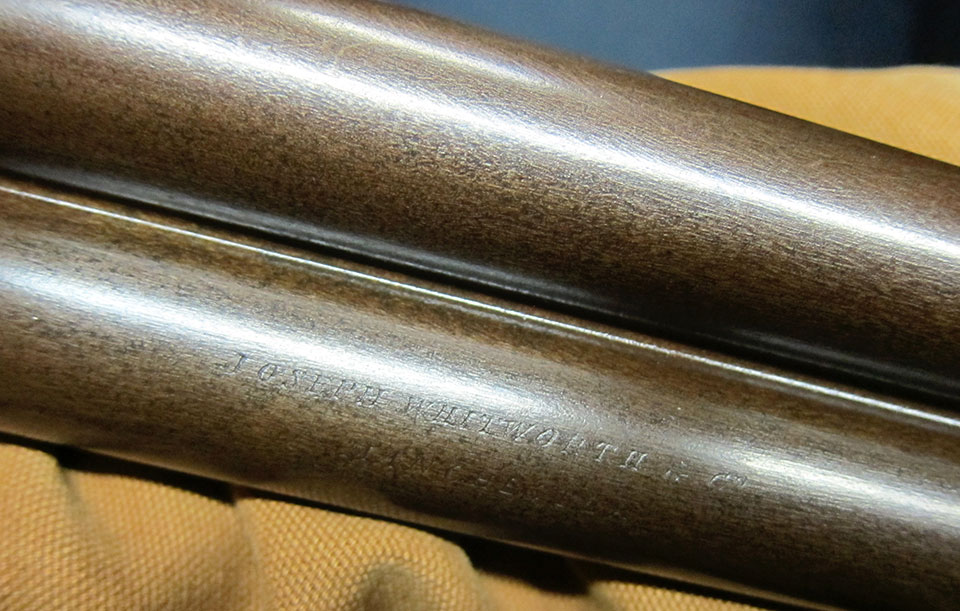
Shirley Bassey started playing in my head as I linked the Paton mentally with the new Longthorne over & under. What was the USP? It was the barrels, which in the words of the Longthorne company are ‘Solid construction... the barrels involve an innovative method of manufacture which utilises neither chopper lumps nor mono blocks. The high specification material we use to manufacture the barrels results in them being extremely strong but also light….’ In a nutshell; one piece barrels. Whitworth to Longthorne; history repeating.
Joseph Whitworth is well known to gun collectors for his steel tubes and, especially, for his rifling. He was an engineer who brought mechanisation to many craft processes and in doing so helped modernise British gunmaking. Damascus barrels, of various types and quality, had been used since the days of flintlock, but quality control had always been a problem and craft techniques in a mechanical age were out-dated. The problem with using early homogenous steels for barrel making was in the process for casting ductile steel, as it tended to leave air pockets, which made the steel weak. Whitworth's patented solution in 1874, was an adaptation of Bessemer's principle of hydraulic pressure casting and it its the reason we see many old gun barrels inscribed with the words: ‘Made from Sir Joseph Whitworth’s fluid-pressed Steel’.
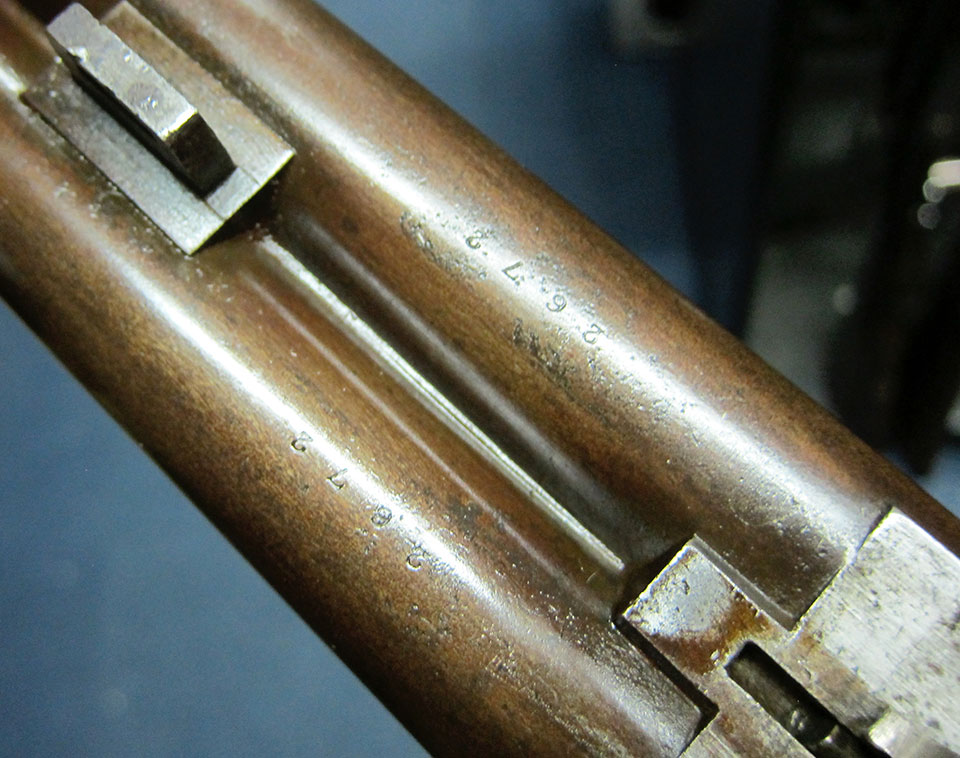
While this may be well known, Whitworth’s earlier patent; number 1645 of June 1857 is unknown by most people. It refers to milling two barrels from a single piece of fluid steel. The process leaves the two tubes joined by a thin central rib. In the Paton gun, top rib is laid only at the muzzle, to site the bead. The proof marks are London and denote pre 1875 proof as a 12 bore. The Paton records do not help much, only indicating manufacture between 1875 and 1887. Two other observations: firstly, Whitworth was knighted in 1869 and later barrels referred to ‘Sir Joseph Whitworth’ and, secondly, Joseph Whitworth & Co was formed in 1874.
Gavin Gardiner catalogued the gun with the following notes: The gun has one-piece barrels made by Sir Joseph Whitworth, patent number 1645 of 1857. The patent specification mentions numerous improvements and mentions specifically "also in making double barrel guns I bore both barrels out of a solid piece of metal leaving the requisite thickness of metal in certain parts to give the necessary rigidity, the object being to make the barrels shoot parallel without making the piece unnecessarily heavy".
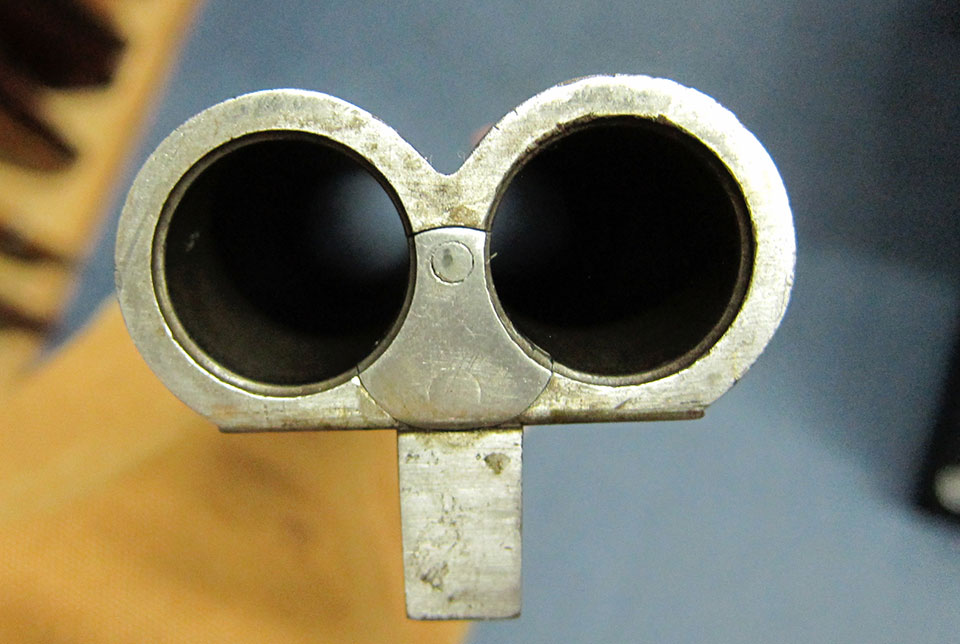
So, we can deduce that the Paton’s barrels were probably made around 1874, using Whitworth fluid-pressed steel and his 1857 patent for single-piece barrels. So, what is the benefit of the single-piece barrel? If it is such a good idea, why did it not gain popular acceptance? For an answer, we come back to Longthorne Gunmakers, who told me it was a combination of high cost and inferior available materials back in the mid 19th century.
The Longthorne’s gun barrels are made from much harder steel than Whitworth had available. Their 30” barrels weigh just 47 oz with ¾” chokes and a minimum wall thickness of 37 thou’. Whitworth steel was softer and with a less favourable weight-to-strength ratio (though traditionalists will tell you that steel which is ‘too hard’ is very difficult to work if you do have to raise a dent). Today, with more sophisticated machinery and better materials, Longthorne claim to have made Whitworth’s 1857 idea practicable and cost effective. So, what was so good about the idea in the first place?

Traditional barrels are made from two tubes with either dovetail or chopper-lump construction. The ribs and loop are then soft-soldered in place. The barrels’ potential weaknesses are the points of assembly. Dovetail lumps can work loose, as can loops. Solder can fail and allow moisture to collect, rusting the barrels from the hidden valley between them. Ribs can come loose. The ribs and solder add weight to the barrels and the various heat treatments applied when brazing, soldering and fitting barrels can affect the straightness of the tubes.
A one-piece construction avoids all these problems, according to Longthorne; the ribs won’t rust out, the loop won’t work loose, the lumps won’t fail and the barrels can be made lighter, straighter and closer together. Longthorne believe the benefit of straight tubes is a reduction in recoil, and shot patterns which converge much better.
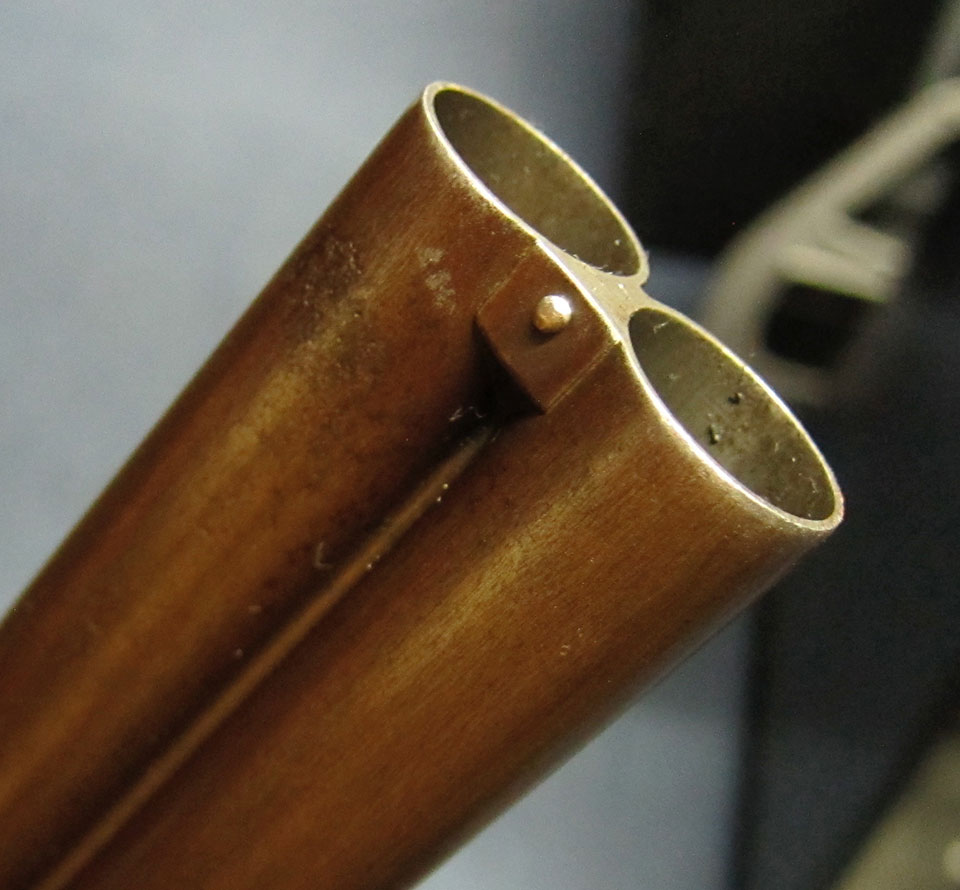
Traditional barrel makers are skeptical. One told me “They (Longthorne’s barrels) don’t have the feel or look of hand-made barrels, it is a machined job, the barrels are all made the same and cut to whatever length required; convergence and regulation can’t match traditional barrels”.
The much-celebrated Sir Joseph Whitworth was a man well ahead of his time; in gun making and other industrial disciplines. It was a fascinating experience to link his idea, dating from the year in which Darwin published his treatise on evolution, with cutting-edge gun-making technology operating in Britain today. The Paton hammer gun with Whitworth barrels and the modern Longthorne over & under are cousins.
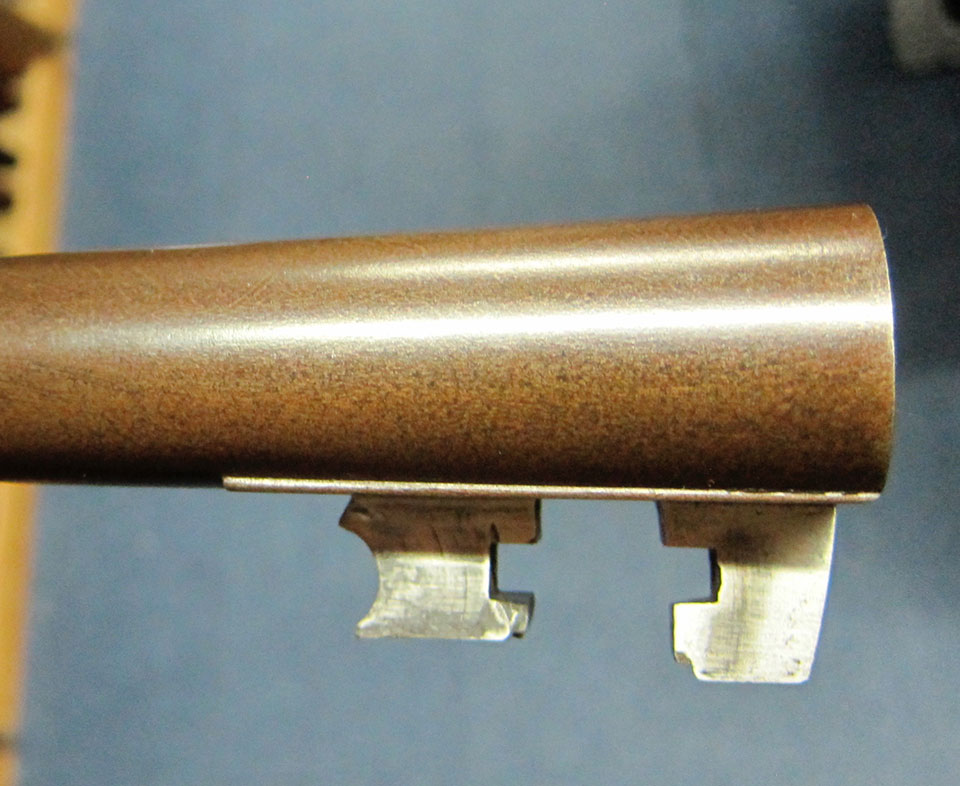
The jury remains out on one piece barrels. Longthorne has been making their barrels this way for over a decade now. I will watch with interest to see if other gunmakers accept the revised process and we see it rolled out elsewhere in the trade, or if this second wave of one-piece barrels eventually founders like the first did, sometime before 1880. As always, time will tell. To date, no other gunmaker has taken up teh one-piece steel barrel. Traditional barrel makers do not rate them, while Longthore claim they have almost magical powers.
As for the rare Paton with the Whitworth barrels; Gavin offered it up with an estimate of £2,000-£3,000 and got it spot on, the gun made £2,600 and will become a unique part of someone’s collection. I doubt I'll see another for a while.
Published by Vintage Guns Ltd on (modified )



